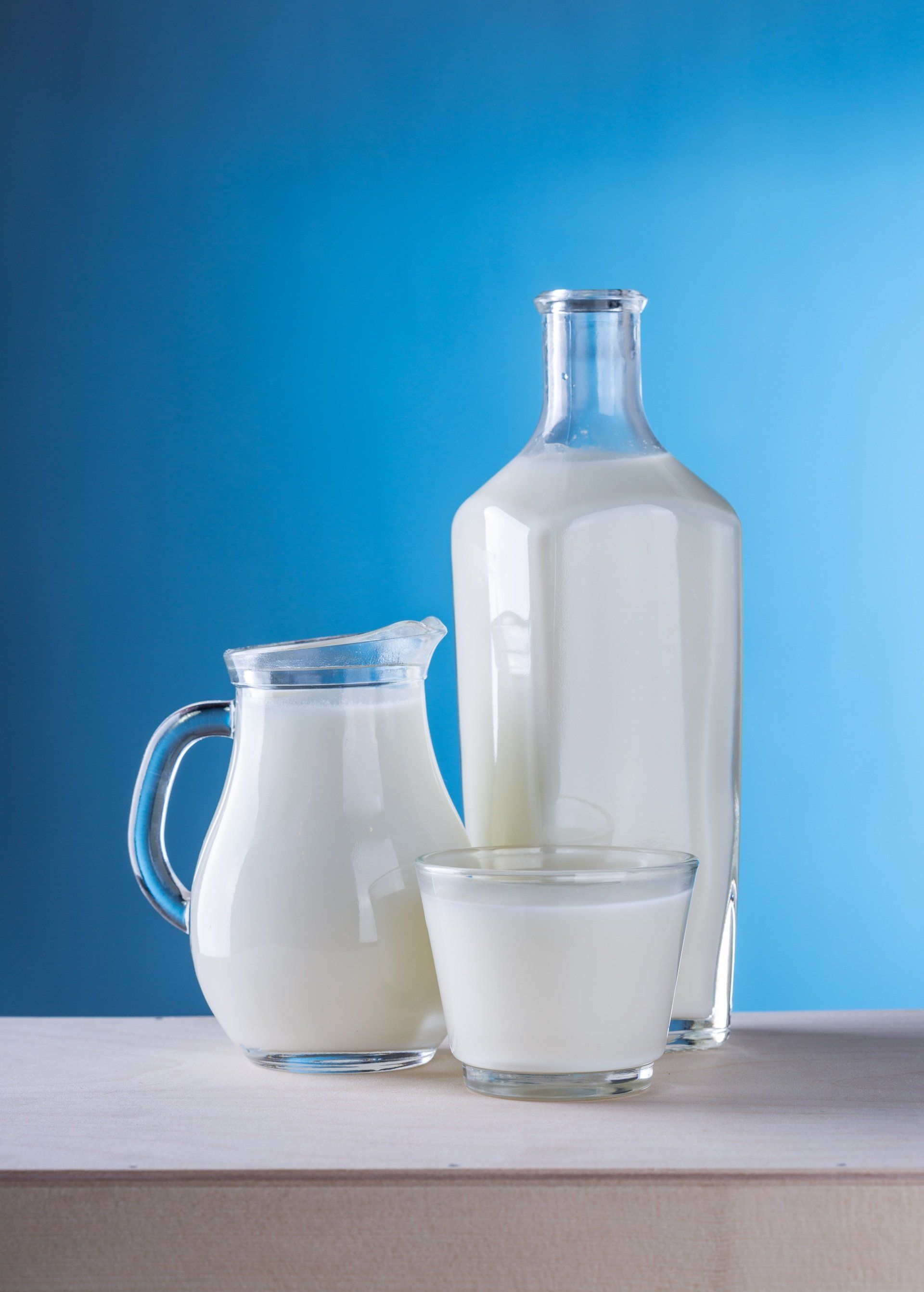Science - Milk production in cattle
Cows have four stomach compartments: the rumen, the reticulum, the omasum, and the abomasum. The rumen is the biggest stomach compartment and can hold almost 50 gallons at a time. There is no oxygen in the rumen so the food that a cow eats ferments.
The reticulum’s job is to move feed contents from the rumen into the third stomach. The third stomach is called omasum and squeezes out all of the water found in the now partially digested food.
The cow’s last stomach, the abomasum, is known as the true stomach because it is the most similar to a human stomach. It further breaks down food so that it can be digested in the cow’s intestines (bowels).
Here, all of those nutrients from the grass (including the ones humans can’t digest) are absorbed and enter the cow’s bloodstream.
The blood containing all the nutrients is pumped to the cow's udder. The udder, known as the mammary gland, has special cells that take in these nutrients and water to produce milk!
Each mammal produces its own special type of milk. Cow’s milk consists of about 87% water and about 13% milk solids.
Along with being a natural source of protein, carbohydrates, and sometimes fat, milk also provides 13 essential nutrients—something few other foods can offer all on their own: CALCIUM, PROTEIN, VITAMIN D, PHOSPHORUS, VITAMIN B12, RIBOFLAVIN, NIACIN, PANTOTHENIC ACID, VITAMIN A, POTASSIUM, IODINE, SELENIUM, and ZINC.

Qur'an - Milk production in cattle
More than 1400 years ago, the Holy Qur'an provided some details of milk production in the cattle and the benefits of drinking milk.
The verse below states that the milk is produced from the mixture of blood and the nutrients found in the digested food (in the small bowels). That's exactly what modern science has discovered. How do we get a pure and delicious drink with many benefits from the smelly contents of cow's stomach and blood? The Arabic word فَرْثٍ is for the "digested food in the small bowels" but doesn't represent the wasted food in the large bowels. The word دَمٍ means blood.
Moreover, the verse highlights the milk's remarkable qualities of purity, deliciousness, and ease of consumption. As previously mentioned in the "Science" section, even though the cow's digested food may contain nutrients that humans cannot fully process, once it is transformed into milk through the combination with blood, it miraculously becomes a nourishing substance for us! Comprising approximately 87% water and 13% milk solids, it effortlessly glides down the throat. Additionally, this remarkable elixir is packed with pristine proteins and an array of naturally occurring nutrients.
وَإِنَّ لَكُمْ فِى ٱلْأَنْعَـٰمِ لَعِبْرَةً نُّسْقِيكُم مِّمَّا فِى بُطُونِهِۦ مِنۢ بَيْنِ فَرْثٍ وَدَمٍ لَّبَنًا خَالِصًا سَآئِغًا لِّلشَّـٰرِبِينَ
And indeed, for you in grazing livestock is a lesson. We give you drink from what is in their bellies - between digested food and blood - pure milk, palatable to drinkers. 16:66
وَإِنَّ لَكُمْ فِى ٱلْأَنْعَـٰمِ لَعِبْرَةً نُّسْقِيكُم مِّمَّا فِى بُطُونِهَا وَلَكُمْ فِيهَا مَنَـٰفِعُ كَثِيرَةٌ وَمِنْهَا تَأْكُلُونَ
And indeed, for you in livestock is a lesson. We give you drink from that which is in their bellies, and for you in them are numerous benefits, and from them (meat) you eat. 23:21
